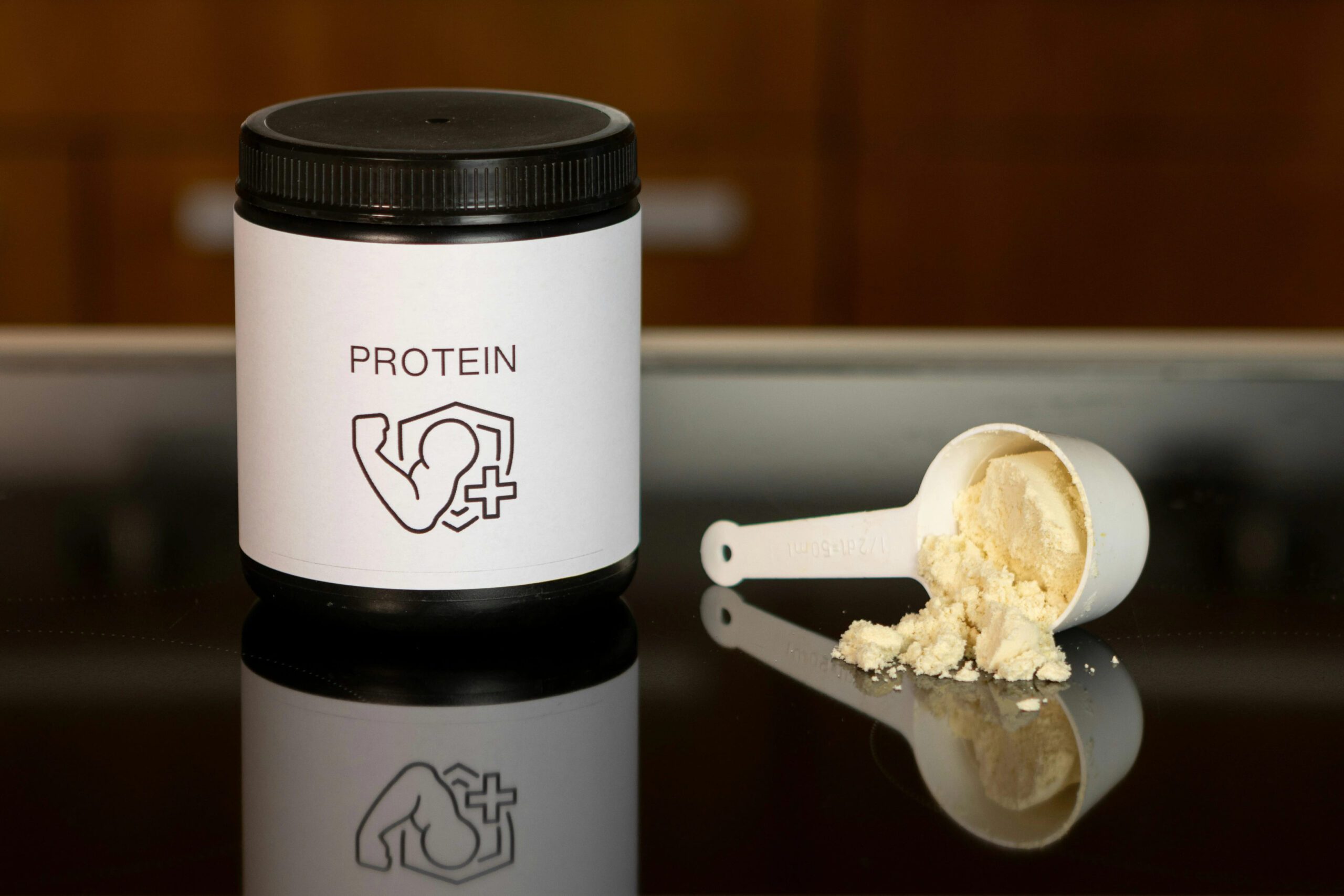The global manufacturing landscape has undergone a seismic shift over the past few years, exposing critical vulnerabilities in supply chains—especially in industries reliant on polymers and plastics. Disruptions caused by the COVID-19 pandemic, geopolitical tensions, raw material shortages, and transportation delays revealed the fragility of traditional supply models. For every plastic manufacturing company, these challenges underscored the urgent need for building resilient, responsive, and adaptive supply chains.
In polymer manufacturing, where continuity of raw material supply and operational efficiency are essential, supply chain resilience is now a core strategic focus. From sourcing strategies to digital integration, the lessons learned over recent years are redefining how companies prepare for uncertainty.
Redefining Resilience in a Globalized Polymer Market
Polymer manufacturing operates within a tightly connected global network. Resin suppliers, chemical processors, logistics providers, and downstream customers span continents. When one node in this network falters, the ripple effects can be felt across the entire value chain. A resilient supply chain doesn’t just absorb these shocks—it anticipates them.
Plastic manufacturing companies have started redefining resilience by investing in end-to-end supply chain visibility, creating alternative sourcing channels, and developing local or regional supplier bases. These steps help mitigate risks and reduce dependency on single suppliers or distant geographies, ensuring that production lines remain active even when global disruptions occur.
Diversification of Suppliers and Geographies
One of the most critical lessons from recent disruptions is the danger of over-reliance on a single supplier or region. Many manufacturers historically sourced key materials such as polyethylene, polypropylene, or specialty additives from a limited number of vendors, often located in Asia. However, port closures, lockdowns, and shipping bottlenecks quickly exposed the risks of such concentrated sourcing strategies.
In response, leading plastic manufacturing companies are adopting supplier diversification as a foundational principle. They are working with multiple suppliers across different regions, balancing costs with availability and reliability. This approach not only reduces supply risks but also enhances bargaining power and fosters innovation by opening the door to new materials and formulations.
Embracing Digital Supply Chain Technologies
Digitization has emerged as a cornerstone of supply chain resilience. The integration of technologies such as real-time tracking, predictive analytics, and AI-driven demand forecasting enables manufacturers to make faster and more informed decisions. These capabilities help identify potential disruptions before they escalate, allowing companies to adapt and reallocate resources proactively.
For polymer manufacturers, digital tools provide greater transparency into material inventories, transportation logistics, and customer demand. A plastic manufacturing company equipped with such tools can quickly adjust production schedules, switch to alternative suppliers, or reroute shipments—all in response to real-time data.
Moreover, digital twins and simulation models allow companies to map out different disruption scenarios and prepare mitigation plans in advance. These virtual models are particularly effective for evaluating the impact of sudden demand spikes, supplier failures, or natural disasters—common risks in the global manufacturing environment.
Strengthening Relationships Across the Value Chain
Supply chain resilience isn’t built in isolation. Strong relationships with suppliers, logistics partners, and customers are crucial for navigating uncertainty. Trust and collaboration help ensure open communication during crises, enable flexible contract renegotiations, and foster joint problem-solving when bottlenecks occur.
In the polymer industry, where custom formulations and quality consistency are critical, strategic partnerships offer an added advantage. By working closely with material suppliers and compounders, manufacturers can secure early access to scarce resources, gain insights into upcoming shortages, and collaborate on new product development.
For a plastic manufacturing company, investing in long-term supplier relationships is not just about maintaining access—it’s about creating a responsive, agile network that can withstand change and adapt in real time.
Reassessing Inventory and Production Strategies
Just-in-time (JIT) manufacturing, once the gold standard for efficiency, proved vulnerable during supply disruptions. As a result, many companies are reevaluating inventory practices. The new emphasis is on creating a balance between lean operations and strategic stockpiling.
Polymer manufacturers are increasingly maintaining buffer inventories of high-demand resins and critical additives. They are also exploring nearshoring options for production to shorten lead times and reduce transportation risks. This hybrid model of lean manufacturing combined with strategic redundancy ensures smoother operations even under pressure.
Some plastic manufacturing companies are also moving toward demand-driven manufacturing, enabled by real-time sales and market data. This allows them to align production more closely with consumer trends while maintaining enough flexibility to pivot when the unexpected occurs.
Sustainability as a Resilience Strategy
Sustainability and resilience often go hand-in-hand. As environmental regulations tighten and consumer expectations shift, sustainable supply chains are becoming a competitive differentiator. Polymer manufacturers are incorporating recycled materials, optimizing transportation routes, and reducing energy consumption—all of which contribute to a more robust and adaptable operation.
For instance, circular supply chains, which involve reusing and recycling polymers, can help mitigate raw material shortages and reduce reliance on virgin resins. A plastic manufacturing company that integrates these practices not only gains resilience but also future-proofs its operations against regulatory and reputational risks.
Additionally, sourcing bio-based polymers or investing in chemical recycling technologies adds another layer of protection against market volatility and raw material scarcity. These innovations ensure long-term continuity while aligning with broader environmental goals.
Workforce Agility and Cross-Functional Planning
Beyond logistics and materials, resilience also relies on people. An adaptable, well-trained workforce can respond swiftly to changes in production requirements, supply constraints, or market shifts. Cross-functional teams that bridge procurement, operations, and customer service enable faster decision-making and smoother coordination during crises.
In polymer manufacturing, where technical expertise and quality control are essential, workforce agility plays a crucial role. Upskilling employees in digital tools, risk management, and lean methodologies strengthens the overall resilience of the organization. For a plastic manufacturing company, this kind of internal capability is as important as external partnerships and infrastructure.
A Path Forward Rooted in Preparedness
The challenges facing the global supply chain are not one-time events—they represent an ongoing reality of an interconnected world. For polymer manufacturers, resilience is not about returning to the old normal, but about building new systems that are dynamic, transparent, and prepared for disruption.
The companies that have weathered recent storms share common traits: they diversified their sourcing, embraced digital transformation, built strong supplier networks, and redefined what operational flexibility means in the context of modern manufacturing. These lessons are not only vital for surviving the next crisis—they are essential for long-term growth and innovation.
By adopting a holistic approach to supply chain design, every plastic manufacturing company can strengthen its foundations and lead the charge in a more volatile, complex, and opportunity-filled market. Resilience, in this new era, is not a reaction—it’s a mindset.













